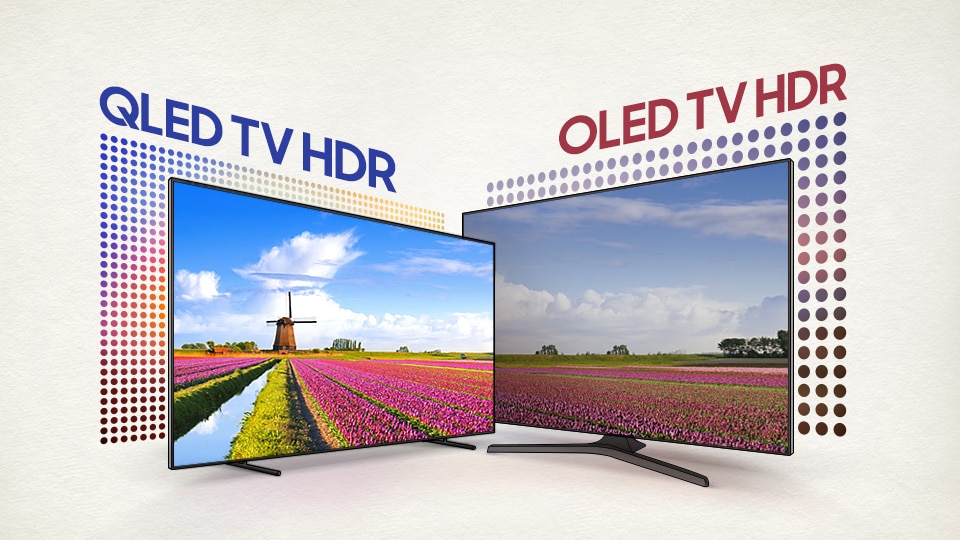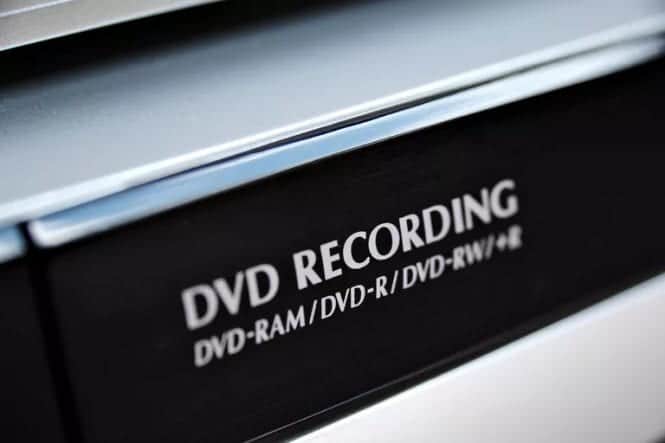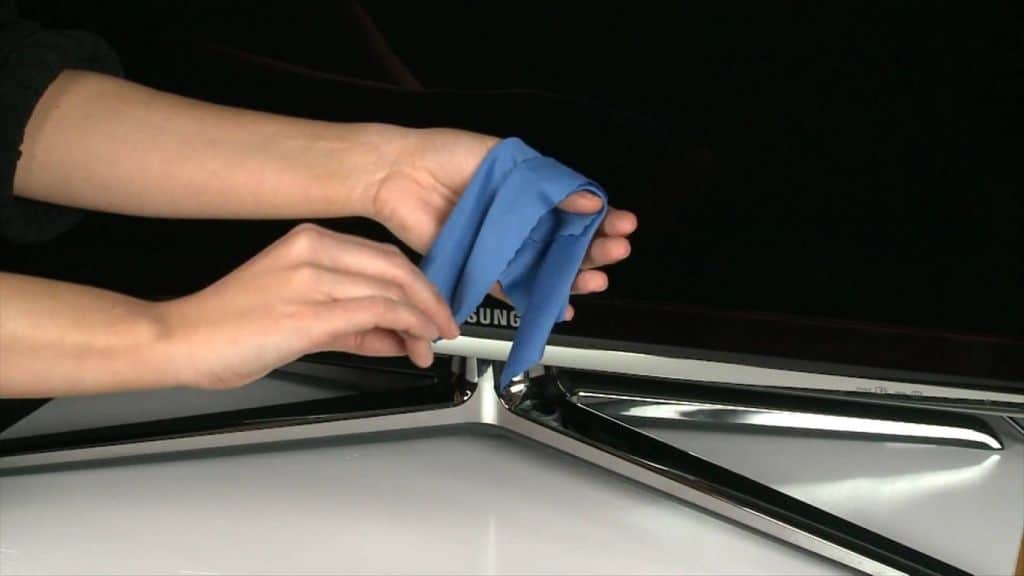So you want to know what are the differences between QLED vs OLED. Last year Samsung renamed its quantum dot TVs like QLED. Some may say that QLED is very similar to OLED but the two technologies are completely different. But what are the differences, which is better and which one should you buy?
Page Contents:
This is a difficult question to answer briefly, especially because Samsung is launching a new range of QLED televisions in 2024 that promise to correct the flaws of last year’s models. At first glance they look even better than the best OLED TVs but which one to choose between QLED vs OLED.
Let’s start with OLED. Represents an organic light-emitting diode. OLED TVs are emissive, which means that each pixel emits its own light. If a pixel is turned off, it does not emit light and is therefore black. That’s why OLED televisions can offer their “infinite” contrast ratios and why their blacks are very deep.
So-called LED TVs are actually LCD TVs. Years ago, the first flat screens that used LCD technology had fluorescent tubes behind them to provide light. Because they consumed a lot, they were gradually replaced by smaller, cheaper, and more energy-efficient LEDs.
QLED vs OLED what’s the difference and why it’s important…
However, the LCD technology that creates the image you see has remained practically the same. The pixels do not emit any light, so the LEDs are illuminated from behind or from one side so you can see the image, a bit like making a flashlight shine through a piece of paper. And that’s why some televisions are called “LED-backlit” and “LED edge-lit”.
Most LCD televisions are illuminated by the edges, and this includes Samsung’s QLED televisions from last year. The Q, as you can imagine, stands for Quantum dot. So what’s the quantum dot?
It is a bit like OLED, where tiny molecules (quantum dots) emit colored light when light is reflected on them. These quantum dots are contained in a film that forms only one of the many layers that make up a QLED TV. Others include a prism sheet that helps improve viewing angles, diffuser sheets, and polarizers.

In short, a QLED TV is an LCD TV with an added quantum dot level that improves brightness and color compared to “standard” LED LCD TVs. The brightest current models can reach around 1400 nits- the average peaks of the LCD TV are 300-400 nits.
Both acronyms – OLED and QLED – are essentially terms that embrace variations in technology. Not all OLED televisions are identical in their architecture and not even QLED televisions, although QLED is more of a marketing term.
Is QLED better than OLED?
Looking at older TVs from 2017, the answer is no. One of the disadvantages of OLED is that it is not as bright as most bright LED TVs. Manufacturers are chasing ever higher brightness, so their televisions can produce more contrast and therefore a better image when playing HDR videos, but another advantage of Samsung’s QLED technology is better colors.
Samsung calls this ‘100% color volume’, but it simply means more saturation (which means more vivid colors).
The problem with using edge lighting when you increase brightness to 1000 or even 2000 lits is that you end up with side effects like halo. This is the point where light from bright areas disperses into dark areas rather than a well-defined edge.
A good example is a candle flame on a black background. This is not a problem for OLED TVs, as each pixel creates its own light.
For LED televisions, especially those with side lighting, it is difficult to control the light that shines through each pixel. Local dimming is possible with illuminated onboard displays, but it’s easier when you have a grid of LEDs behind the entire panel.
For 2018, at least some Samsung QLED TVs will use the backlight and will have hundreds of “zones” that can be turned off. They will also have additional levels to control and minimize internal light loss, in addition to software support that will determine where the bright areas are and darken that area to avoid halo.
So which technology should I choose?
This is the difficult part. We have yet to test the 2018 models, so we still don’t know what will be offered to us. And it’s not just about image quality, it’s also about price, software features, aesthetics, etc.
Both types of TV are still very expensive, which means that you should watch TVs before spending thousands of euros. Suffice it to say that OLED is the technology to follow if you are more concerned about image quality.
But with the latest QLED models released by Samsung, it is possible that the latest OLED televisions are a good opportunity for the price.







